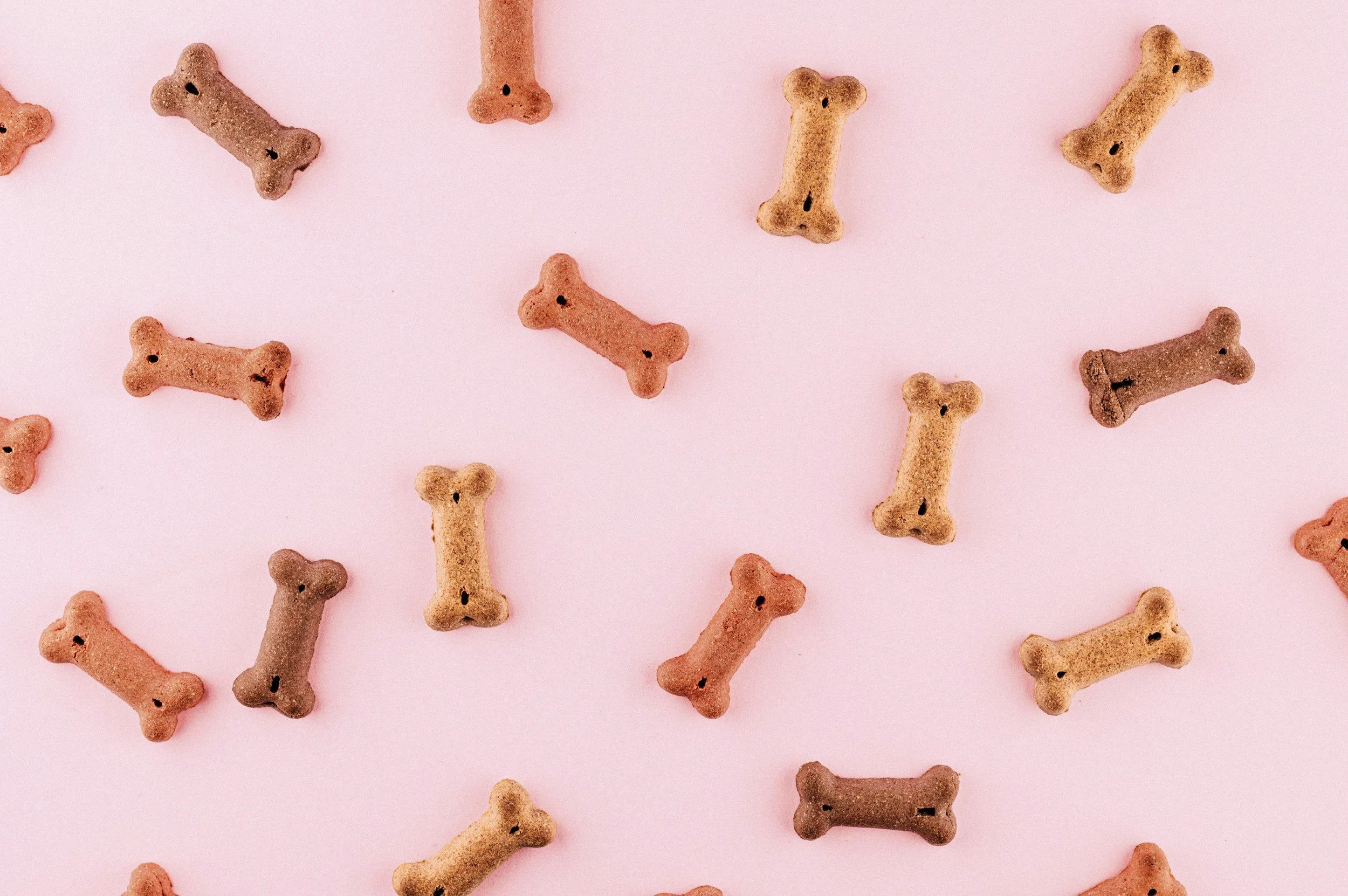
Dog Training & Behavior Tips

"My Reactive Dog Is Ruining My Life”: An Open Letter
When life with a reactive dog feels overwhelming, it’s easy to believe you’re doing something wrong or that your dog is too far gone to help. This open letter speaks directly to the emotional weight of that experience: the grief, the guilt, the exhaustion, and the deep love that keeps you trying anyway.

Beretta’s Story: The Dog Who Changed Everything
This blog post tells the story of Beretta, a rescue dog whose challenging behaviors initially appeared to be rooted in severe anxiety and fear. Over time, it became clear that her struggles went deeper, as her reactions to the environment and difficulty with training hinted at an underlying issue. After years of managing her behavior through training, medication, and environmental changes, a veterinary specialist confirmed that Beretta was…

Helping Reactive Dogs: When Emotional Arousal Is Linked to Pain
This blog post explores how emotional arousal, commonly referred to as "reactivity," in dogs can often be linked to underlying pain or discomfort. Emotional arousal is characterized by heightened responses to stimuli, such as excessive barking, lunging, or hypervigilance, which can interfere with a dog’s ability to calm down…

How to Prepare Your Aggressive Dog for Thanksgiving
Thanksgiving is a time to gather with family and friends, enjoy a delicious meal, and give thanks for all that we have. For many of us, our dogs are part of the family. However, the increased activity level and the number of people in the home during Thanksgiving can be overwhelming for even the calmest of dogs. If your dog is aggressive or reactive, it is important to take some extra precautions to ensure that everyone has a safe and enjoyable holiday. With some careful planning and management, you can make Thanksgiving a success for both you and your furry friend.

How To Help A Fearful Dog Gain Confidence
If your dog is fearful, you may be wondering what you can do to help them feel more confident. Some dogs may be more fearful or hesitant than others, which can make training more challenging due to past experiences, social learning from other fearful dogs in the household, or even genetics. Luckily, there are positive reinforcement-based training methods and behavioral modification techniques, like desensitization and counter-conditioning that you can use to help your dog gain the confidence he or she needs to thrive. Keep reading to learn more about how to help a fearful dog gain confidence by using positive reinforcement and behavior modification techniques.

Can Dogs Really Be Trained Not to Be Aggressive?
Owning an aggressive dog can be a life-changing experience. A dog owner can quickly go from being the central hub for their entire family at Thanksgiving to never having anyone enter their home because they fear what their dog might do. Oftentimes, when a dog exhibits aggression, dog owners start to think euthanasia might be their only option after training technique after training technique fails. Before making this difficult and painful choice, it is important to gather information from a professional dog behavior consultant (we are quite different from dog trainers!) about your dog's behavior.

The First Steps To Managing Aggression in Dogs
Anyone who has ever owned a dog knows that they are capable of exhibiting a wide range of emotions, from happiness and excitement to fear and aggression. Unfortunately, even the best-behaved dog may exhibit aggression under certain circumstances. If your dog is exhibiting aggressive behavior, it is important to take steps to manage the aggression in order to keep both your dog and those around him safe. The best-laid training plans start with the management of the dog’s undesirable behaviors to prevent further reinforcement. In this blog post, we'll discuss three strategies for managing aggressive behavior in dogs: using training equipment like muzzles, rearranging the environment for success, and preventing your dog from practicing undesirable behaviors.

Desensitization and Counter-Conditioning for Aggressive Dogs
Dogs can become aggressive for a variety of reasons, whether it’s due to fear, insecurity, frustration, mistrust of strangers, or just a general lack of socialization. Whatever the reason may be, dog owners need to be aware of the signs of aggression in their dogs and how to properly (and safely) address it. One way to help an aggressive dog is through desensitization and counter-conditioning. In many cases, aggressive behaviors like lunging, barking, and growling can be decreased through a process called desensitization and counter-conditioning.
